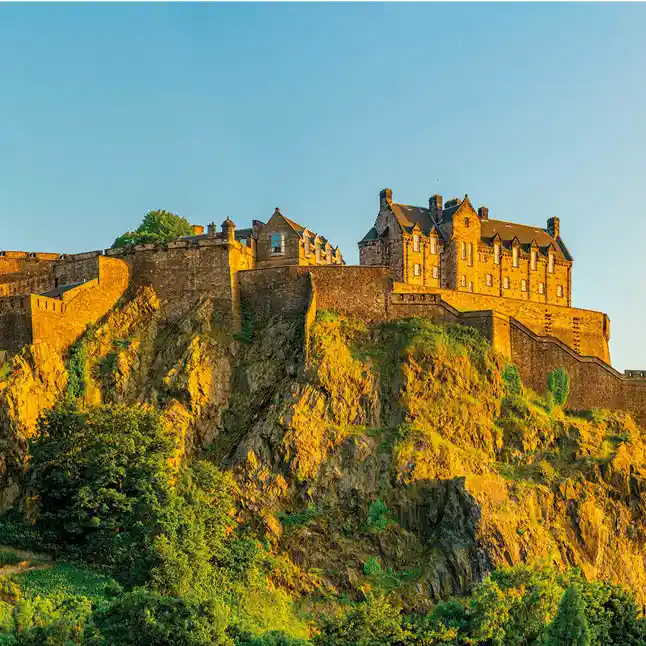- Petros, the pelican from Mykonos, arrived on the island in 1954 due to a storm. To everyone's surprise, he abandoned the migratory habits typical of his species and lived in Mykonos for over 30 years, during which he won the affection of all the residents and tourists. His death was so deeply felt that they decided to replace him with another pelican, Petro II, who still inhabits the island today.
- The white houses with blue roofs are a characteristic symbol of the islands. In summer, temperatures can rise significantly, so they are painted white to keep their interiors cooler. On the other hand, most of them have a rounded shape to better withstand the Mediterranean winds.
- Santorini is a marvel of nature, as it was formed after a massive volcanic explosion that caused a large part of the territory of the ancient island to disappear and led to the creation of the current geological caldera.
- The history of Crete is described by Homer, Plato, and Aristotle, and several myths and legends surround it. One of them identifies Crete with the legendary city of Atlantis, the enormous island that sank into the ocean over 10,000 years ago. But to this day, this remains a mystery.
- Rhodes is the largest of the Dodecanese islands. According to legend, when Zeus distributed the islands among the gods, he forgot about Helios, the sun god. Instead of getting angry, Helios exclaimed that at that very moment, a new island would emerge, and it would belong to him. In those lands, the sun god fathered seven sons and one daughter with the nymph Rodo, after whom the island is named. For this reason, the inhabitants of Rhodes consider themselves children of the sun, and it is no coincidence that the island enjoys more than 300 days of sunshine a year.














